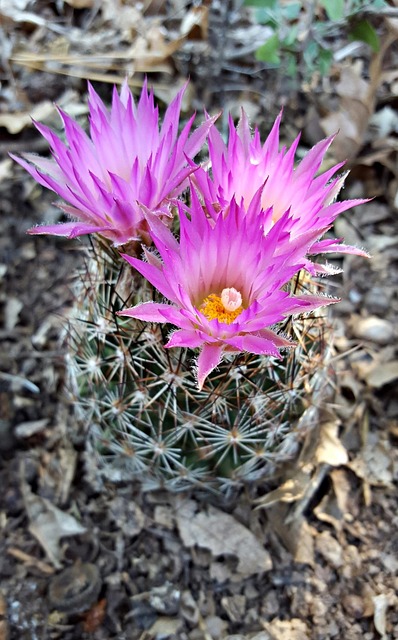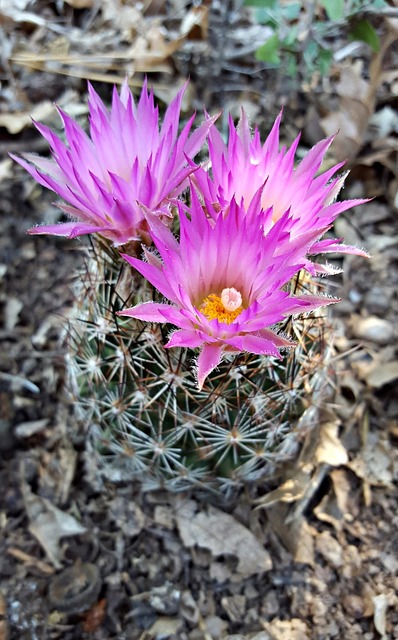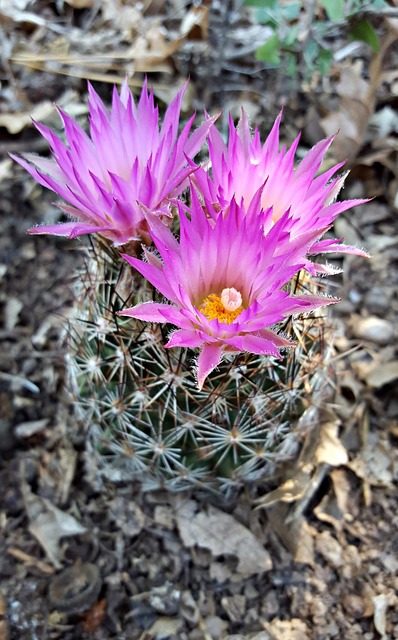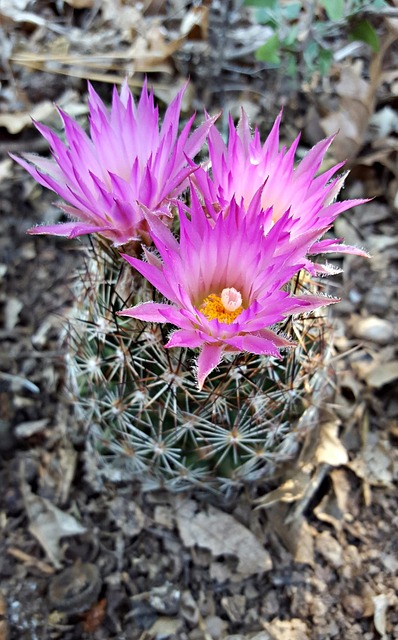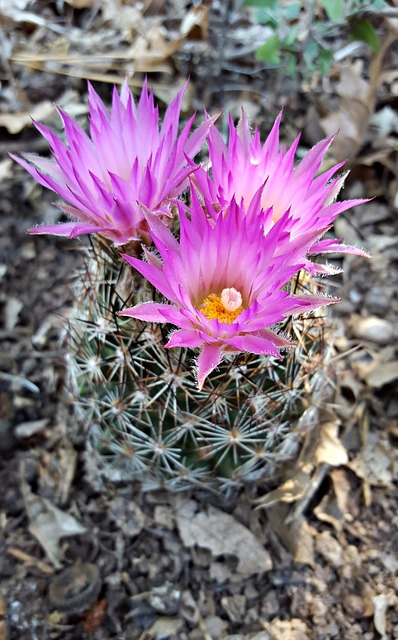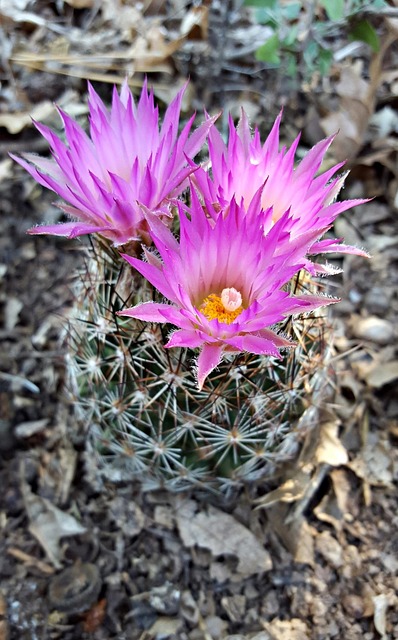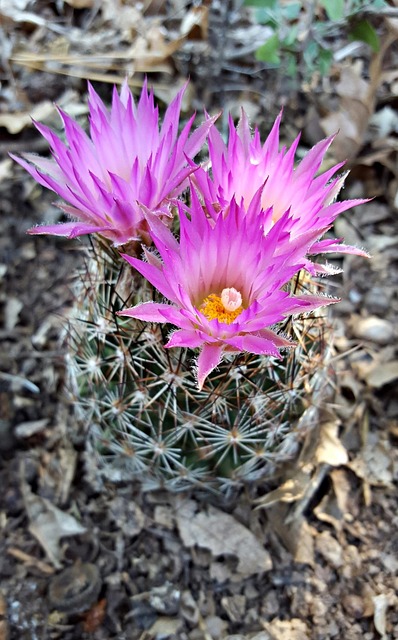Festivals celebrating local heritage act as vibrant threads weaving communities together, showcasing unique traditions and historical narratives through music, dance, food, and art. These events drive economic growth in real estate sectors by attracting visitors, boosting local businesses, and stimulating investments. Inclusive festival planning that engages the local community enhances authenticity, fosters pride, connection, and shared identity, while also transforming areas through urban renewal, improving infrastructure, and increasing property values, ultimately enhancing quality of life for residents and visitors alike.
Vibrant festivals are more than just celebrations; they serve as gateways to uncovering local heritage and fostering community spirit. From music and dance to culinary delights, these events showcase the unique tapestry of cultures that define our cities. This article explores how festivals not only enrich cultural experiences but also significantly impact real estate markets by driving economic growth and attracting investors. We delve into strategies for creating inclusive spaces that leave a lasting impression on visitors and locals alike, ensuring festivals become catalysts for community development.
Unveiling Cultural Treasures: How Festivals Become Gateways to Local Heritage
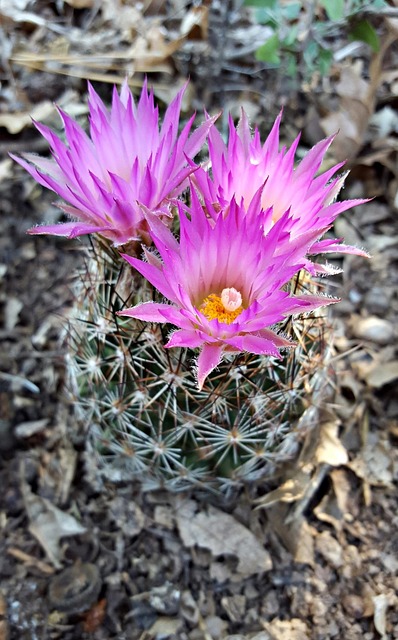
Festivals have long been a vibrant thread weaving together the fabric of communities, but they offer much more than mere entertainment. These gatherings become powerful gateways to local heritage, allowing residents and visitors alike to delve into and experience the rich cultural treasures that lie within. Each festival, in essence, showcases a unique real estate of traditions, stories, and practices that have been carefully preserved and passed down through generations.
Through music, dance, food, and art, festivals unlock doors to hidden historical narratives, showcasing the diverse tapestry of a region’s past. They provide an opportunity for folks to step away from their daily routines and immerse themselves in a vibrant celebration that celebrates not just the present but also the deep roots that anchor communities together. It’s within these festive spaces that cultural heritage becomes tangible, fostering a sense of pride, connection, and shared identity among all who participate.
The Economic Impact: Festivals as Drivers for Real Estate and Community Growth
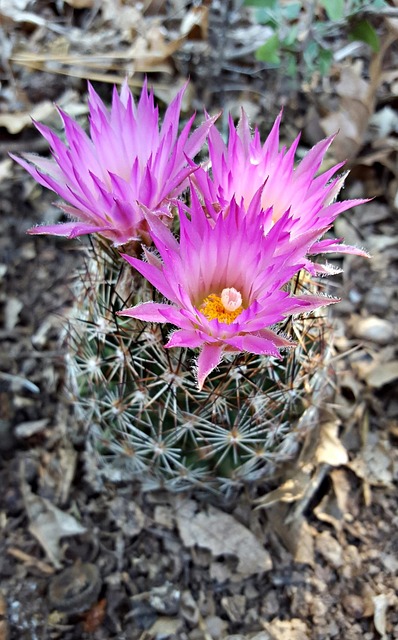
Vibrant festivals celebrating local heritage play a significant role in driving economic growth, particularly in real estate sectors. These events attract visitors from far and wide, boosting local businesses and stimulating the economy. The influx of tourists increases demand for accommodations, restaurants, and retail spaces, leading to potential investments and developments in the area. This economic stimulus doesn’t just benefit established businesses; it also encourages new startups and entrepreneurs to set up shop, fostering a dynamic and diverse community.
Moreover, festivals can act as catalysts for urban renewal and real estate market revitalization. Areas that host such events often experience an uplift in property values and desirability. Developers take notice of these trends, leading to revitalized infrastructure, modern amenities, and new housing projects. As communities grow and prosper thanks to the economic boost from festivals, it creates a positive cycle that enhances overall quality of life and makes areas more attractive for both residents and visitors alike.
Designing Inclusive Spaces: Strategies for Festivals to Leave a Lasting Impression on Visitors and Locals Alike
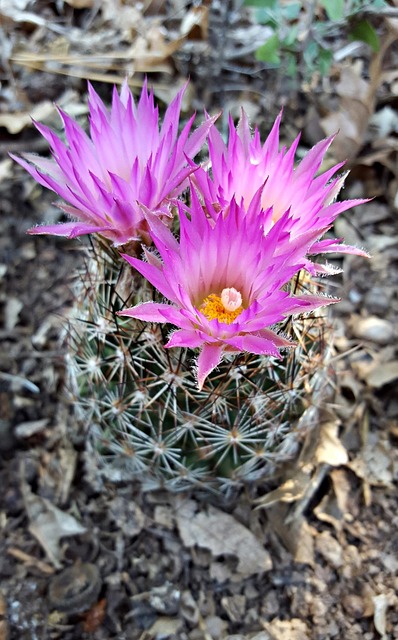
Festivals celebrating local heritage offer a unique opportunity to create inclusive spaces that resonate with visitors and engage locals. One key strategy is to design venues that cater to diverse needs and preferences, ensuring accessibility for all. This includes physically accessible areas, sensory considerations for individuals with disabilities, and clear signage in multiple languages. By making these adjustments, festivals can welcome a broader audience, fostering a sense of community and belonging.
Moreover, engaging the local community in the festival’s planning and execution is vital. Collaborating with diverse groups ensures representation and creates a real estate of shared ownership. This approach enhances the festival’s authenticity, encourages attendance from various segments of the population, and leaves a lasting impression on both visitors and locals alike.
